Bulletin’s best climate change coverage of 2020
By Dan Drollette Jr | December 30, 2020
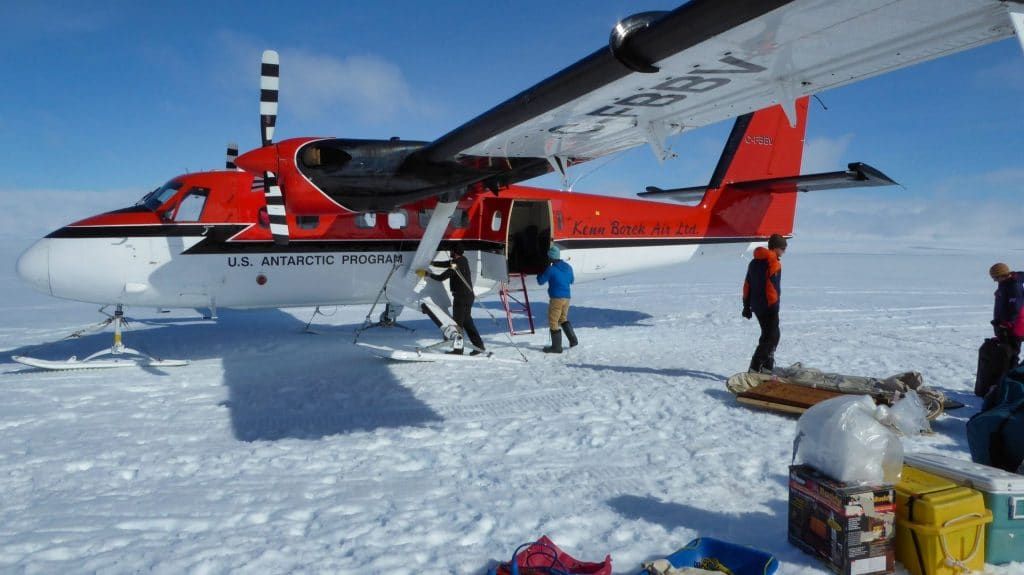 A US Antarctic Program plane drops off researchers at close to the last leg of the journey to the field work site at Antarctica’s Thwaites Glacier. Note the plane is equipped with skis instead of wheels. Image courtesy of Peter Davis.
A US Antarctic Program plane drops off researchers at close to the last leg of the journey to the field work site at Antarctica’s Thwaites Glacier. Note the plane is equipped with skis instead of wheels. Image courtesy of Peter Davis.
Comic books. Fight or flight. Antarctic explorers. Glow-in-the-dark dolphins. The New Hampshire presidential primaries.
What’s the common thread between them, you ask?
Each was a story in the Bulletin of the Atomic Scientists this year, and each made the short-list of the Bulletin’s best climate coverage of 2020—whether “best” is defined as most popular, most in-depth, most off-the-beaten trail, most unexpected, or just the most weird climate change-related article published in our pages these last 12 months.
Of course, some readers may have different Bulletin climate stories that they think are deserving of the word “best.” If you have a favorite Bulletin of the Atomic Scientists’ climate story that you think should be put on the list, then send your nominee for best Bulletin climate story of 2020 to [email protected], and put the words “Best Climate” in the subject line, along with any comments you care to make about why you think it’s deserving. We’ll publish the results later—and you may get the glory of seeing your comments in ink. (Well, the 21st-century, gluten-free, electronic version of ink, anyway.)
How to explain climate change? With comic books
—Matteo Farinella
Climate change seems to be a problem almost designed to defy our understanding. We are not good at dealing with intangible entities, and in climate change both causes and effects remain mostly invisible in our daily lives. But comics can make the invisible visible, and tell human stories.
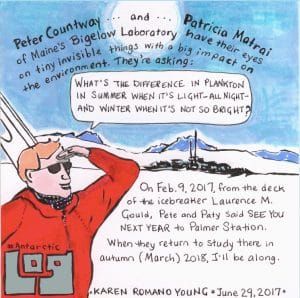
Dealing with climate change requires more fight and less flight
—Dawn Stover
As the climate worsens, affluent Americans are thinking about where to move. That’s a privilege many people don’t have.
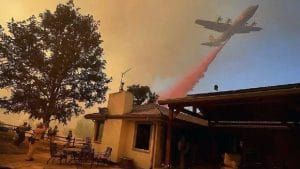
Peter Davis of the British Antarctic Survey on changes in the Thwaites Glacier
—Interview with Peter Davis
On the Thwaites Glacier on Antarctica’s western shelf, researchers are going all-out to learn what is happening deep under the surface of the ice, out of sight: How much is melting from below, where the ice comes into contact with warm ocean waters? Is the ice relatively solid throughout and resting solidly on the seabed, or is it about to slip off and dramatically raise the world’s sea levels?
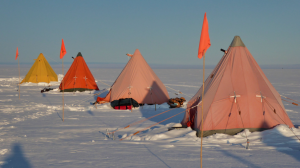
The latest challenge to enforcing coronavirus rules at the beach: bioluminescent dolphins
—Mario Koran
A rare natural phenomenon is attracting so many people to Southern California’s beaches as to make coronavirus restrictions nearly impossible to enforce. One local person compared the size of the crowds to “the Fourth of July on steroids.”
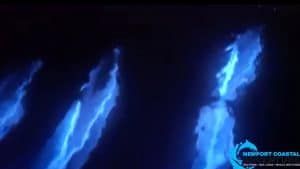
—Dan Drollette Jr.
Press gaggles, a guy who calls himself Vermin Supreme, bird-dogging, and hats with the slogan “Make Earth Cool Again”—all part of a day on the hustings. But beyond the surface hoopla of New Hampshire’s presidential primary campaign, some candidates have actually put some thought into what to do about climate change.

Together, we make the world safer.
The Bulletin elevates expert voices above the noise. But as an independent nonprofit organization, our operations depend on the support of readers like you. Help us continue to deliver quality journalism that holds leaders accountable. Your support of our work at any level is important. In return, we promise our coverage will be understandable, influential, vigilant, solution-oriented, and fair-minded. Together we can make a difference.
Keywords: Antarctica, climate change, climate communication, climate crisis, climate politics, comic books, dolphins, global warming
Topics: Analysis, Climate Change















